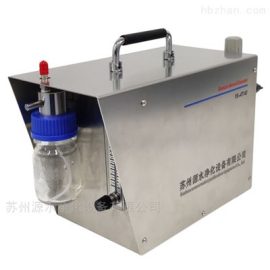The Ultimate Guide to Gas-Insulated Switchgear: Benefits, Applications, and Future Trends
The Ultimate Guide to Gas-Insulated Switchgear: Benefits, Applications, and Future Trends
In the world of electrical power distribution, Gas-Insulated Switchgear (GIS) stands as a revolutionary technology offering compact design, enhanced safety, and superior performance. This guide explores its core benefits, diverse applications, and emerging trends.
Key Benefits of GIS Technology
GIS systems utilize sulfur hexafluoride (SF6) gas for insulation, enabling a smaller footprint compared to air-insulated alternatives. They provide high reliability, reduced maintenance, and excellent resistance to environmental factors like pollution and humidity.
Common Applications Across Industries
From urban substations and renewable energy plants to data centers and industrial complexes, GIS is ideal for space-constrained areas requiring high-voltage power management with minimal risk.
Future Trends and Innovations
With a focus on sustainability, future trends include eco-friendly gas alternatives, digital monitoring via IoT, and enhanced modular designs for smarter grid integration.
Frequently Asked Questions
What is the lifespan of GIS equipment?
Typically, GIS systems last over 30 years with proper maintenance, thanks to their sealed design and robust materials.
How does GIS enhance safety?
The enclosed gas insulation minimizes exposure to electrical faults, reducing risks like arcs or fires.
Ready to optimize your power infrastructure? Explore our advanced Gas-Insulated Switchgear solutions for reliable, space-saving performance—contact us today for a customized consultation!


